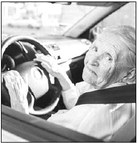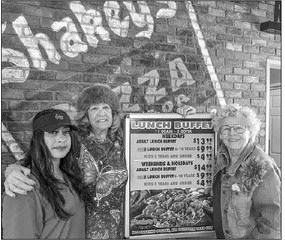Defensive driving strategies for vacation travel or a local jaunt around town can benefit all


Defensive driving strategies can help any motorist feel safe on the road, and it can help anyone to revisit a defensive approach from time to time.
What is defensive driving?
Defensive drivers employ techniques that can reduce accident risk. These techniques promote alertness, a recognition among drivers of the significance of controlling what they can, and a commitment to always expect the unexpected. The crux of defensive driving is realizing not everyone else drives well. Aggressive drivers are hazards, as are those who are distracted behind the wheel. Driving defensively serves to mitigate some of these hazards.
All good kids like milk?
There are various defensive driving techniques, and various driving schools or organizations may promote their own. Harold L. Smith was a World War II veteran who founded the Smith System driving school in 1952. Smith felt that driving schools only taught how to mechanically operate vehicles, not how to drive safely to avoid accidents. Smith’s system uses the mnemonic “all good kids like milk,” which refers to:
• Aim high in steering: Look ahead a minimum of 15 seconds to scan the road. At 60 miles per hour you want to look a quarter-mile ahead. This helps you make timely decisions.
• Get the big picture: Keep a minimum following distance by picking a fixed object ahead and making sure you’re at least seven seconds away. In addition, scan mirrors every few seconds.
• Keep your eyes moving: Avoid focusing on one object for more than a few seconds. Driving on autopilot or under “highway hypnosis” is dangerous.
• Leave yourself an out: The “space cushion” terminology is something you may have heard. You always want to anticipate potential hazards and ensure a way to avoid them; otherwise, you may be forced to make a quick, and potentially dangerous, decision.
• Make sure they see you: Drivers who can’t see you may make their own maneuvers thinking the coast is clear. Try to make eye contact with other drivers, use headlights, your horn, and signal your intentions.
Take a defensive driving course You can follow the Smith method outlined above or enroll in a defensive driving course to further hone your skills behind the wheel. Also, it may be worth it to check with your insurance provider to see if taking a defensive driving course will qualify you for a discount on your automotive policy.
—MetroCreativeConnection
benefit.
Stock Photo



